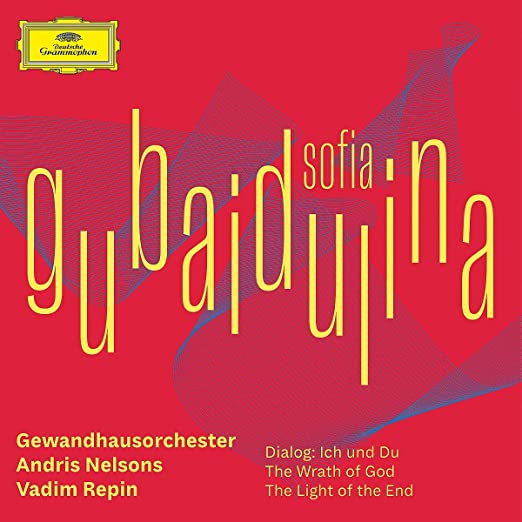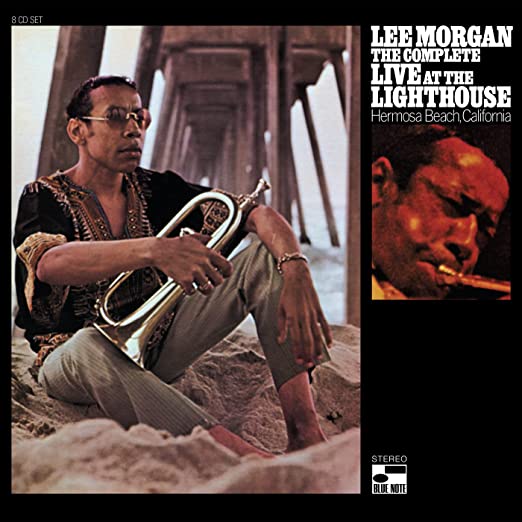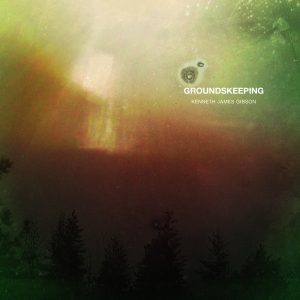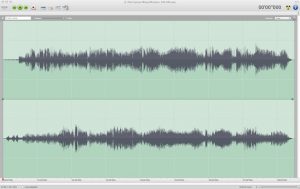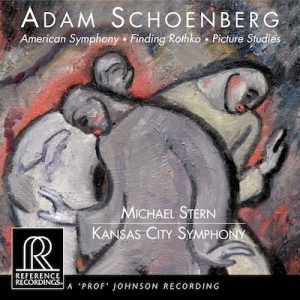Shostakovich, 'Under Stalin's Shadow.' Symphony No. 10. Andris Nelsons. Boston Symphony Orchestra. Deutsche Gramophone DG 479-5059.
I bought this album out of loyalty to my 'local' orchestra under their new leader. Nothing was at stake as I had already married Petrenko's terrific Shostakovich cycle on Naxos, but I'll admit to some hopes. And then the low and middle strings of the warm-up work, the composer's 'Passacaglia' from his opera Lady Macbeth of Minsk, swept across my living room. My beloved but modest little JMR Offrandes on my new Blue Circle O22i integrated amp quite literally rocked my 5000 cubic foot listening space. Clarity, power. And beauty! The BSO was back.
Petrenko's Shostakovich is eloquent, poetic, a trifle understated, and sometimes magical. Nelsons' and the BSO's is large, spacious, and grand. Even when it's calm, we feel its scale. The sound, as with Boulez's Mahler cycle also on DG, is occasionally spectacular. It is recorded 'live' in Boston's Symphony Hall and we hear all of the space—wall to wall. This is not boisterous Shostakovich, which is what Petrenko came to rid us of. But it is vigorous and full of Dionysian energy. So it appears I'll have to become a bigamist.
Bringing a Baltic conductor to Boston strikes me as a brilliant decision, if the goal is to recognize that Eastern Europe is where the world's current musical spirit resides. There is a marvelous subdued romanticism in Nelsons' interpretation that is clearly west of the Urals in feeling. This is the first of a promised new Shostakovich symphony cycle, with Nos. 5-9 on deck. It appears we are in for a Shostakovich century.
Bach, Suites for Solo Cello. Philip Higham. Delphian DCD 34150 (2 CDs)
Bach Six Suites for Violin Cello; Sonatas for Harpsichord and Viola da Gamba. Wieland Kuijken; Piet Kuijken. Aracana A383. (3 CDS)
The first impression we get from young (age 29) Scottish cellist's Philip Higham's Bach is flow: the sense of continuity that Bach requires, but without a hint of the metronome that often comes with it. An utterly natural flow, like a hawk rising from a field and like water falling over a weir. No affected hints of meditation, no reflective pauses.
The second impression we get, growing directly out of the first, is command. This is a performance of the suites that has the elusive 'x' factor: the sense of a musician who is not only in utter sympathy with the music but also in full control of it, with the ability to respond fully to its demands.
We first met Higham in his superb debut 2013 recording of the the Britten suites (Dephian DCD 34125) which I thought I had reviewed but can find no evidence that I did. Higham's Britten has a similar sense of flow but is more lyrical and reflective than performances of that music generally are. I am thinking mainly of Rostropovich when I say that. It has become one of my favorite versions of Britten.
Higham's sound here in the Bach is rich and clear. He joins a new generation of cellists who are bringing new levels of both technical excellence and musical eloquence into our musical world. Queyras, Bertrand, Muller-Schott, Gastinel, Haimowitz. Higham strikes me as at least their equal. At least.
Cellist Wieland Kuijken, brother of the famous violinist, Sigiswald, plays a much darker, more ruminative Bach. I'm tempted to call it more mature Bach but do not want to imply that Higham's is the opposite. Kuiken surely feels and expresses the music more deliberately. His pace is dramatically slower than Higham's. It has the effect of slowing everything down around us as the music spreads out into the room. Kuijken forces us to realize with these performances that there truly is no end to the different ways Bach's suites can be played, the number of different musical worlds they can build. Kuijken's album includes a third CD to accommodate the composers's three sonatas for cello (or as in this case viola da gamba) and keyboard, the latter presumably played by Kuijken's son.
I wouldn't be without either of these albums.
Illuminations. Avalon String Quartet. Britten, Debussy, Garrop, Golijov. Çedille. CDR 90000 156.
A concept can't make mediocre music good, as a rule it can't even make good music better. If it helps a composer compose good music, fine. But I wish she'd kick the ladder away afterwards. Music and visual art, in this case an illuminated manuscript, are different forms of expression, appeal to different parts of our brains. Have you ever seen the pictures from Moussorgsky's Pictures at an Exhibition? Me neither. Do we care? Do the illuminations make contemporary American composer Stacy Garrop's (b. 1969) Quartet No. 4 “Illuminations” better than it already is?
This album has Garrop's very fine and compelling string quartet at its center. It is surrounded by a recording of Debussy's String Quartet, four harmless little pieces for string quartet by Britten, and a rich Tenebrae by wonderful contemporary American composer Osvaldo Golijov (b. 1960) about whom I've written a good deal here. If this were an LP, it would lose the Debussy and Britten and be all we could ask for. These two works are good enough to carry an album, as are the Avalon Quartet.
Equipment used for this audition: Resolution Audio Cantata CD player, Blue Circle O22i integrated amplifier and BC 107 preamplifier with BC NSP amplifier, Jean Marie Reynaud Offrande Supreme, V2 loudspeakers; Crimson interconnects and speaker cable; Volex power cables.
Bob Neill, a former equipment reviewer for Enjoy the Music and Positive Feedback, is proprietor of Amherst Audio in Western Massachusetts which sells equipment from Audio Note (UK), Blue Circle (Canada), Crimson (UK), Jean Marie Reynaud (France), Resolution Audio (US), and Tocaro (Germany).










